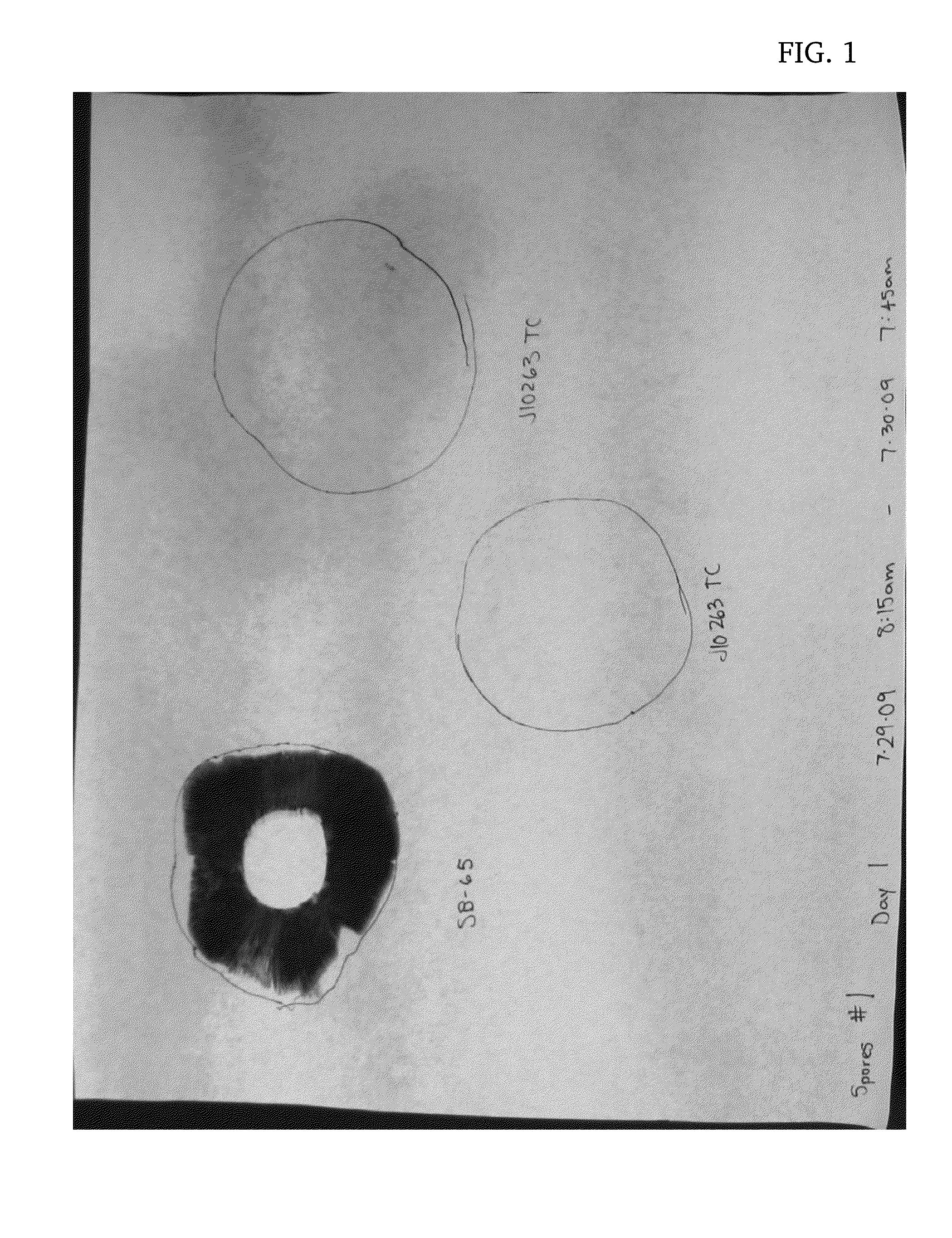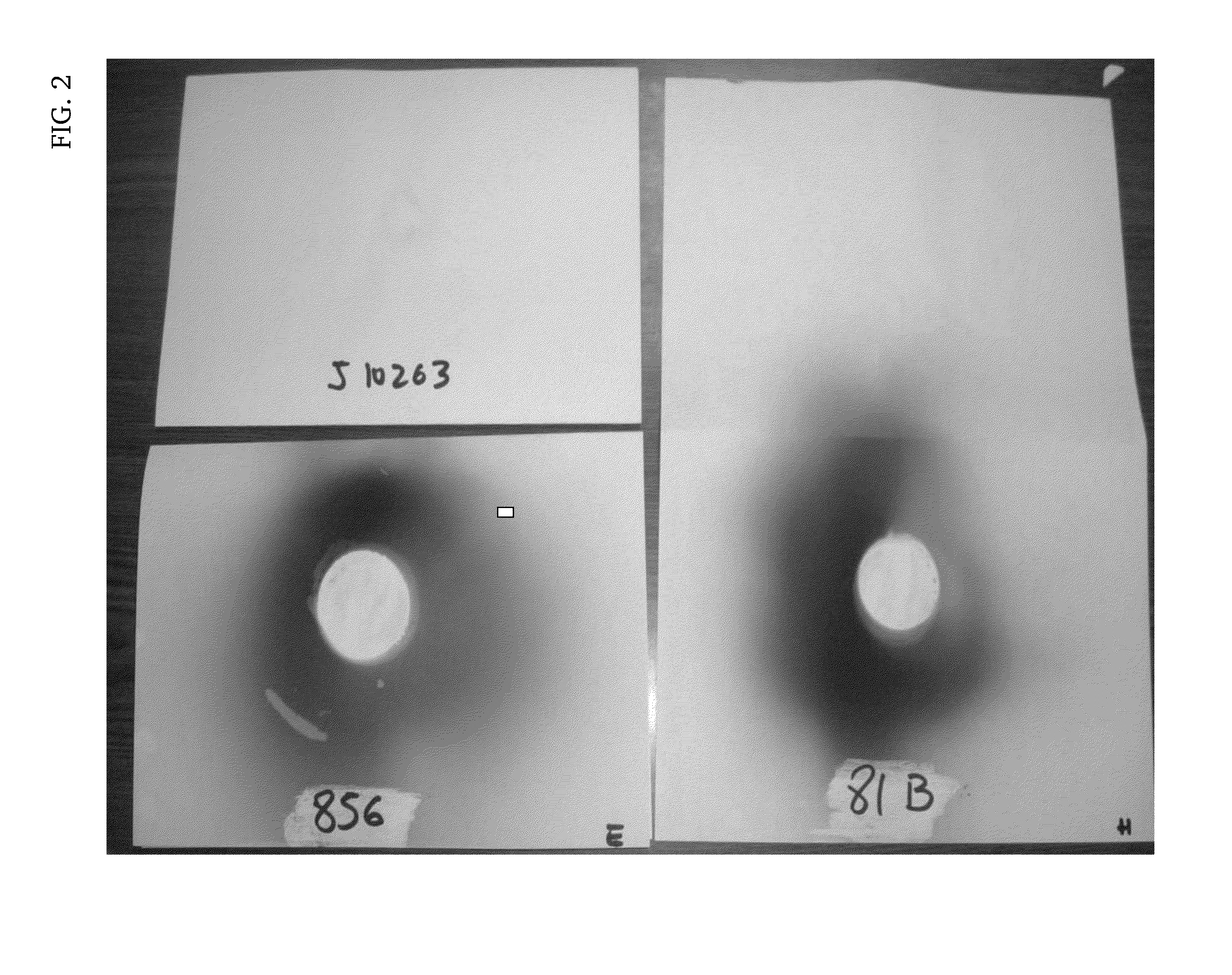Methods for production of sporeless agaricus bisporus mushrooms
a technology of agaricus bisporus and production method, which is applied in the field of methods for producing agaricus bisporus mushrooms, can solve the problems of less success probability, poor spore fusion with other spore cultures, and more undefined, and achieve the effect of determining the viability of spores
- Summary
- Abstract
- Description
- Claims
- Application Information
AI Technical Summary
Benefits of technology
Problems solved by technology
Method used
Image
Examples
Embodiment Construction
[0058]In the course of conducting Sylvan's proprietary breeding program on strains of Agaricus bisporus incorporating both new, wild germ plasm and established commercial germ plasm, an unexpected, serendipitous development was produced. The breeding stocks that were used all sporulate normally. It was surprisingly found, contrary to expectation and prediction, that these breeding stocks could confer a sporeless phenotype on offspring. It is known that most fusions between the bisporic taxonomic variety bisporus and the tetrasporic taxonomic variety burnettii produce typical, sporulating mushrooms. However, on rare occasions, an unprecedented absence of sporulation on the lamellae of mushrooms produced by some constructed strains of this intervarietal hybrid type was noted.
[0059]The first instances of non-sporulation in hybrid Agaricus bisporus mushroom offspring were observed in the proprietary Sylvan hybrids J250 and J258, which had, as one “homokaryon-parent,” a homokaryon obtain...
PUM
 Login to View More
Login to View More Abstract
Description
Claims
Application Information
 Login to View More
Login to View More - R&D
- Intellectual Property
- Life Sciences
- Materials
- Tech Scout
- Unparalleled Data Quality
- Higher Quality Content
- 60% Fewer Hallucinations
Browse by: Latest US Patents, China's latest patents, Technical Efficacy Thesaurus, Application Domain, Technology Topic, Popular Technical Reports.
© 2025 PatSnap. All rights reserved.Legal|Privacy policy|Modern Slavery Act Transparency Statement|Sitemap|About US| Contact US: help@patsnap.com


